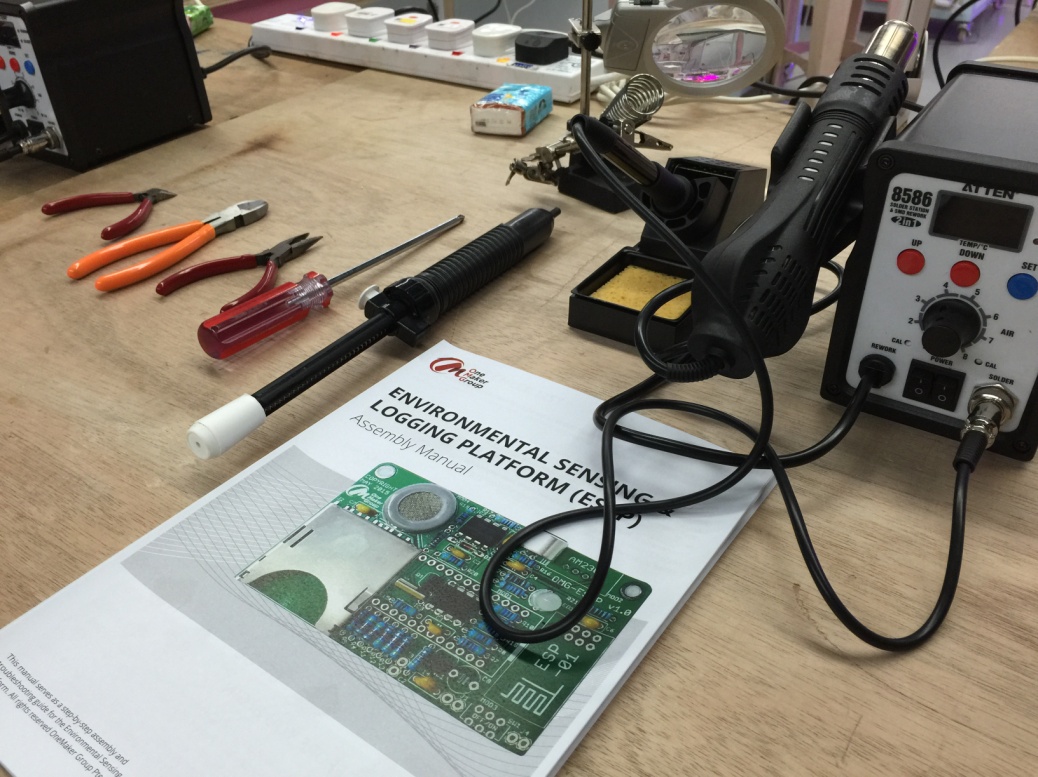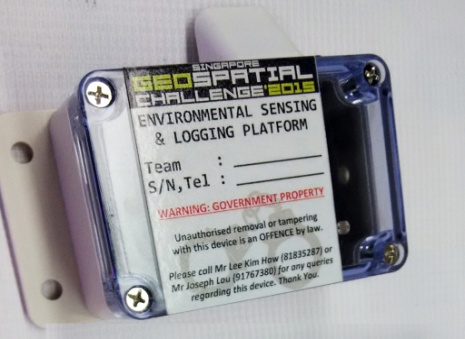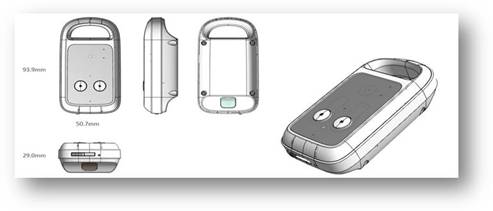Annex D: About the Sensors used in Singapore Geospatial Challenge SGC 2015
Home >
Articles >
Press Releases >
2015 >
SLA partners Institutes of Higher Learning to advance GeoSpatial education >
Annex D: About the Sensors used in Singapore Geospatial Challenge SGC 2015
2 types of environmental sensors were used:
1) SGEO Sensor is designed by OneMaker Group. The Pre-university and University student participants attended hands-on workshop to assemble the sensors themselves before using in their data collection fieldwork.
2) SENSg Sensor created and assembled by Singapore University of Technology and Design (SUTD) were provided to the Secondary student participants for their data collection fieldwork.
2) SENSg Sensor created and assembled by Singapore University of Technology and Design (SUTD) were provided to the Secondary student participants for their data collection fieldwork.
| Sensors used in SGC 2015 |
1) SGEO Sensor
Designed by OneMaker Group for the purpose of the competition, SGEO Sensor is also known as an Environmental Sensing and Logging Platform (ESLP). This "sensor pack" is powered by alkaline batteries that may need replacements and logs parameters such as:
a. Air Temperature
b. Relative Humidity
c. Ambient Noise Level
d. Ambient Light Intensity
e. Ambient Carbon Monoxide (CO) Levels



Temperature, Humidity, Noise and Light variables are designed to record at 10-second intervals, and CO at 5-minute intervals.
|
2) SENSg Sensor Created by Singapore University of Technology and Design (SUTD) as part of National Science Experiment (NSE) organised by National Research Foundation (NRF), the sensor is designed to be used for island-wide environmental data collection. It collects data at approximately 10-second intervals while in motion, and approx. 50-second intervals while stationary. It is rechargeable using micro-USB cable. It measures parameters such as: a) Air Temperature
b) Relative Humidity c) Sound Pressure Level d) Light / Luminosity e) IR Temperature (non-contact thermometer) Image: Prototype drawings  |
